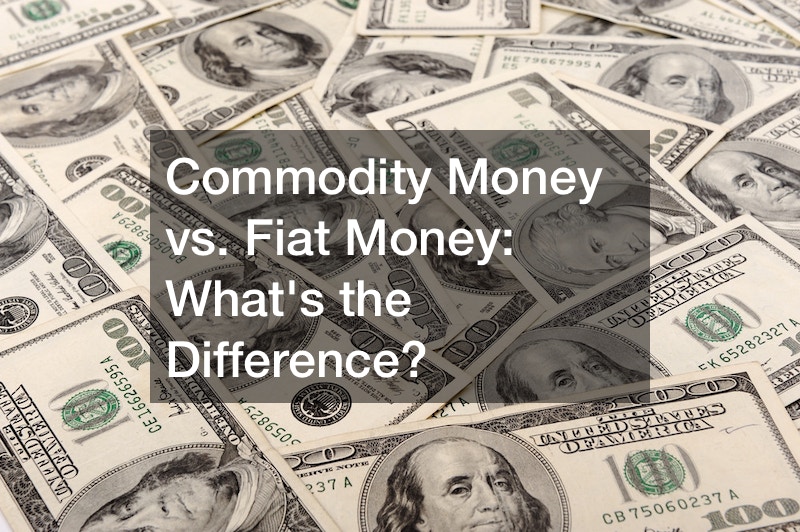Understanding the fundamental differences between commodity and fiat money is crucial. It illustrates the evolution of monetary systems. Delve into the distinctions between these two forms of currency to grasp their impact on economies and financial systems through the YouTube video.
1. Nature of Backing
Commodity money is a form of currency backed by a tangible asset with intrinsic value, such as gold, silver, or other precious metals. Fiat money, in contrast, has no intrinsic value and is not backed by a physical commodity.
Its value comes from people’s trust and confidence in the issuing government.
2. Government Regulation
Historically, commodity money systems were decentralized, with the value of a currency determined by the availability of the underlying commodity. Fiat money is issued and regulated by governments and central authorities.
3. Supply Dynamics
The supply of commodity money is influenced by the availability of the underlying commodity. Mining, production, and natural factors directly impact the money supply in a commodity money system. Through monetary policy, they can adjust interest rates, implement quantitative easing, or use other measures to manage the money supply.
While commodity money relies on tangible assets for value, fiat money is based on trust in the issuing authority. Understanding these differences is essential for grasping the dynamics of monetary systems and their implications on economies. The distinctions between commodity and fiat money and the influence of commodities law contribute to the intricate monetary systems.
.


